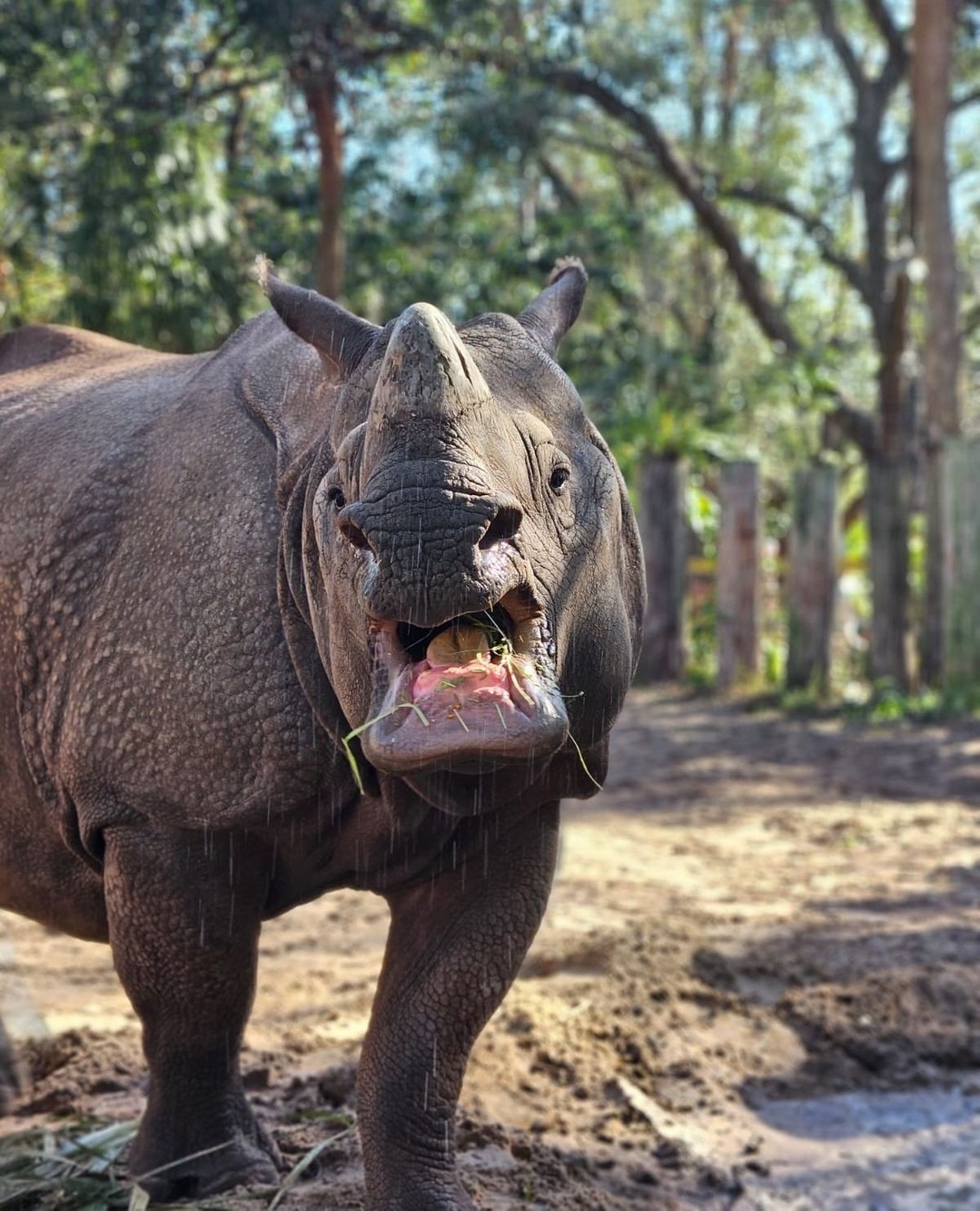- Understanding the Impact of Cold Weather on Zoo Animals and Their Habitats
- Strategies for Thermal Comfort and Safety in Zoo Management
- Specialized Supplies and Infrastructure for Maintaining Animal Welfare in Cold Conditions
- The Role of Behavioral Observation in Cold Weather Care
- The Importance of Conservation and Education in Modern Zoos
ZooTampa, like many other zoological parks across the globe, places a high priority on the welfare of the animals under its care. One significant aspect of this responsibility is ensuring that these animals remain safe and comfortable during varying climatic conditions, including cooler temperatures. A forecast that predicts a low of 38 degrees Fahrenheit may prompt concerns, but these facilities demonstrate preparedness with well-established protocols.
Understanding the Impact of Cold Weather on Zoo Animals and Their Habitats
Different species have varying tolerances to temperature changes. For instance, animals native to tropical regions, such as the Bornean orangutan or the African flamingo, are not accustomed to cooler climates. Exposure to temperatures that fall significantly outside their natural range can induce stress, impact immune function, and lead to health complications. Zoo environments are carefully managed with these considerations at the forefront.
The physical structure of enclosures plays a vital role. Many are designed with the flexibility to provide shade during extreme heat and shelter during cold spells. Additionally, the flora within enclosures can offer natural insulation, yet it requires strategic planning. The selection of plants that can withstand fluctuating weather conditions becomes critical.
Strategies for Thermal Comfort and Safety in Zoo Management
Facility temperature regulation is a multifaceted task. With cooler temperatures on the horizon, supplemental heating becomes crucial. Heat lamps and radiant heaters are effective tools used in outdoor and indoor enclosures, ensuring that nocturnal and diurnal animals maintain optimum body temperatures regardless of external weather conditions.
In addition to mechanical solutions, zoos utilize natural methods. Thick bedding, made from straw or wood shavings, not only provides comfort but also acts as an insulator against cold floors. These adjustments create a more balanced thermal environment.
Behavior is also an essential indicator of an animal’s thermal state. Adaptations such as basking in warmer zones or curling to preserve body heat are natural defenses animals employ. Understanding these patterns is a vital element of animal care that informs management strategies.
Specialized Supplies and Infrastructure for Maintaining Animal Welfare in Cold Conditions
The logistics of managing a zoo’s animal care during cold weather demand organization. A stockpile of specialized supplies such as additional blankets or even specially designed animal wearables can be essential. These apply particularly to smaller mammals and birds that are susceptible to drops in temperature.
Furthermore, the infrastructure itself must support these adaptations. Heated floors in specific enclosures, for example, complement the natural behaviors of animals that might otherwise burrow or nest to find warmth. Both direct and indirect heating sources create dynamic habitats that mimic natural conditions.
The construction materials and designs of enclosures owe much to innovative research and technology. Materials that absorb and retain heat are often integrated into design strategies, keeping enclosures steadily warm post-sunset.
The Role of Behavioral Observation in Cold Weather Care
Close observation remains at the heart of cold-weather animal management. These observations help identify any changes in feeding, social interactions, or activity levels that may suggest stress or discomfort related to temperature changes. Personnel training emphasizes these aspects, fostering an environment of proactive care.
Zoologists and keepers pay attention to individual variations within species. For example, age and health status can affect thermoregulation. Senior animals and newborns may require more intensive resources, which are tailored to foster individual wellbeing.
Collaborative efforts between veterinary staff, animal keepers, and researchers augment the effectiveness of these initiatives. This multidisciplinary approach ensures that animals are monitored, and interventions are executed with precision when deviations in behavior or health arise.
The Importance of Conservation and Education in Modern Zoos
Beyond the immediate daily management of animal welfare, zoos play a crucial role in broader conservation and educational frameworks. The way zoos handle cold temperatures and other environmental factors reflects their commitment to habitat conservation and education. Visitors gain insights into how such ecosystems function and the care required to maintain them.
ZooTampa and many institutions alike uphold their mission by maintaining educational programming about conservation, emphasizing the importance of understanding different ecosystems, and the responsibility we all share in safeguarding these environments. The stewardship of animals is not isolated but integrated into educational narratives that reach far beyond the walls of the zoo.
Ultimately, responding to the challenges imposed by weather with proactive measures exemplifies the dedication of modern zoos to adapting to the natural world’s needs. Protecting animal welfare is core, yet promoting awareness and appreciation forms the foundation for ongoing conservation work. Whether temperatures are high or low, the commitment to these values remains constant, demonstrating the pivotal role zoos play in wildlife conservation and education in the contemporary age.
*****
Source Description
Our reaction when we see that the low for tonight is 38 degrees… 😧
😟 Fret not, we have cold weather procedures in place to protect the animals that call ZooTampa home. From extra warm bedding and bonus blankets, to heat lamps and heated floors, we’ve got it covered! 🌾


